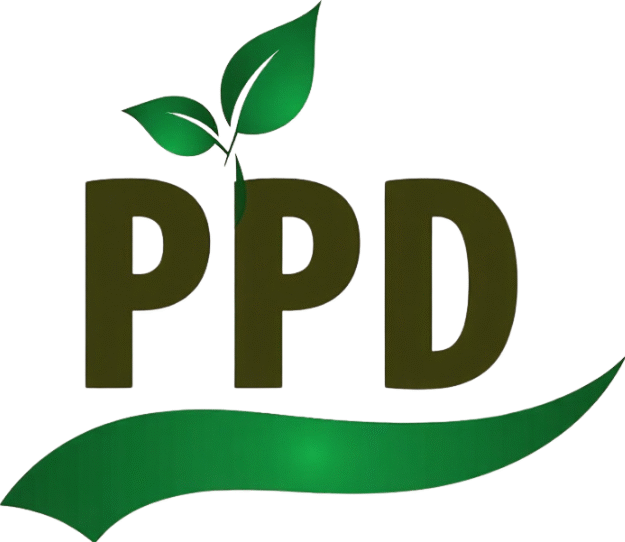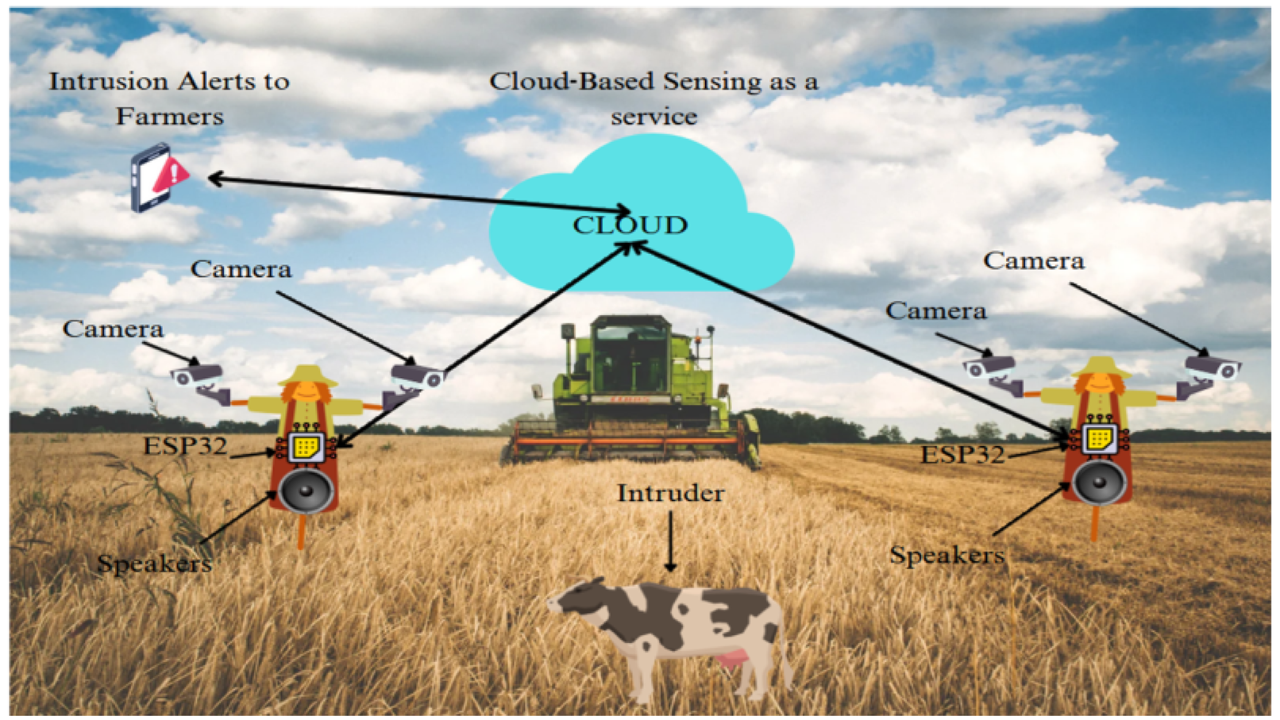
Introduction
When pests strike, the speed of response determines the scale of damage. Yet in many rural and agricultural communities, pest outbreaks are reported too late—after significant crop losses have occurred. Enter Farmer Observatories: a grassroots solution to strengthen real-time pest surveillance through direct participation of those on the frontlines—farmers. These community-based platforms are transforming pest monitoring into a participatory, data-driven, and rapid-response system. This article explores the role, structure, advantages, and impact of farmer observatories in strengthening plant health systems, especially in regions like Myanmar and across ASEAN.
What Are Farmer Observatories?
Farmer observatories are organized community-level groups, platforms, or networks where farmers, extension officers, and local experts collaborate to observe, report, and respond to pest and disease occurrences. These observatories act as live data hubs that feed into national or regional surveillance systems, enabling early warnings and timely interventions.
Key Functions of Farmer Observatories
| Function | Description |
|---|---|
| Monitoring | Daily or weekly pest and crop health observation by trained farmers |
| Reporting | Real-time reporting through apps, SMS, or notebooks |
| Diagnosis and Feedback | Coordination with experts for pest identification and control advice |
| Data Collection | Aggregation of field observations and pest trends across seasons |
| Community Awareness | Training and awareness activities to increase local vigilance |
Benefits of Farmer Observatories in Pest Surveillance
1. Real-Time Reporting
- Observations are transmitted immediately using mobile apps or SMS.
- Authorities receive early alerts even before widespread outbreaks occur.
2. Increased Surveillance Coverage
- With many farmers observing and reporting, vast rural areas are covered cost-effectively.
- Observatories fill the gaps where formal surveillance networks are thin.
3. Empowerment and Education
- Farmers gain knowledge about pests, beneficial insects, and integrated pest management (IPM).
- Communities become more self-reliant in identifying and addressing plant health issues.
4. Integration into National Systems
- Data from observatories is often integrated into digital dashboards used by NPPOs or agricultural departments.
- Governments use these insights to guide quarantine actions and technical support.
Myanmar’s Experience with Farmer Observatories
In Myanmar, the Plant Protection Division (PPD) and international partners have piloted farmer observatories in pest-vulnerable zones. These observatories are designed to improve detection of pests like Fall Armyworm, fruit flies, and rice leaf folders.
Key Features:
- Farmers trained in pest identification using field guides and sample kits.
- Regular data collection with support from agricultural extension workers.
- Use of smartphone apps like PlantVillage Nuru and AgriSys for reporting.
- Community meetings to discuss trends and receive pest control advice.
Technologies Supporting Farmer Observatories
| Technology Tool | Application |
|---|---|
| Mobile Apps (e.g., Nuru, FAMEWS) | Real-time image-based pest reporting by farmers |
| GIS Dashboards | Aggregated data from observatories visualized on maps for decision-makers |
| SMS Alert Systems | Farmers receive warnings and control tips based on regional pest data |
| Field Diagnostic Kits | Simple LFDs and microscopes used at observatories for on-the-spot testing |
| Community Radio/Meetings | Dissemination of pest forecasts and farmer-shared observations |
Challenges Faced by Farmer Observatories
| Challenge | Description |
|---|---|
| Inconsistent Reporting | Some farmers may miss entries or report irregularly |
| Low Digital Literacy | Difficulty in using mobile apps among older or less-educated farmers |
| Data Validation | Need for expert confirmation of pest identities to avoid false alarms |
| Sustainability | Dependence on donor funding or NGO facilitation |
| Feedback Delays | Delays from authorities in providing timely responses after farmer reports |
Strengthening the Role of Farmer Observatories
1. Capacity Building and Refresher Training
- Regular workshops on pest ID, data collection, and digital tools.
2. Incentivization Mechanisms
- Recognize active reporters and reward observatories with equipment or access to services.
3. Strong Linkages to Experts
- Establish direct communication lines between observatories and pest specialists or NPPOs.
4. Digital Integration
- Connect observatory data to centralized pest monitoring systems used at district and national levels.
5. Expand to Include Climate and Crop Data
- Observatories can evolve into climate-smart hubs, recording rainfall, soil health, and yield trends.
Overview Table: Role and Value of Farmer Observatories
| Feature | Value Delivered |
|---|---|
| Real-Time Data Collection | Early warning for pest outbreaks |
| Grassroots Participation | Builds community ownership and vigilance |
| Low-Cost Monitoring | Expands surveillance without high government spending |
| Education and IPM Awareness | Improves farmer practices and reduces overuse of pesticides |
| Digital Innovation | Integrates tech tools for smarter agriculture |
| Policy Input | Informs national pest control policies with field-based insights |
Future Outlook: Scaling Farmer Observatories Regionally
As ASEAN members push for integrated pest management and regionally harmonized surveillance systems, farmer observatories can serve as vital nodes in a broader early warning network. With enhanced training, real-time tech tools, and sustained funding, they can become the first line of defense in climate-resilient plant health strategies.
Governments should formally recognize and fund these observatories, integrating their data into national biosecurity protocols. With pests becoming smarter and climate patterns more unpredictable, relying solely on top-down surveillance is no longer enough—we need thousands of informed eyes in the fields.
3 Best One-Line FAQs
Q1. What is a farmer observatory in pest surveillance?
It’s a community-based system where farmers monitor, report, and help manage pest outbreaks in real-time.
Q2. How do farmer observatories support plant protection?
They provide early warnings, increase surveillance coverage, and empower communities with pest management skills.
Q3. Can technology enhance farmer observatories?
Yes, mobile apps, GIS dashboards, and diagnostic kits make observatories faster and more accurate.

